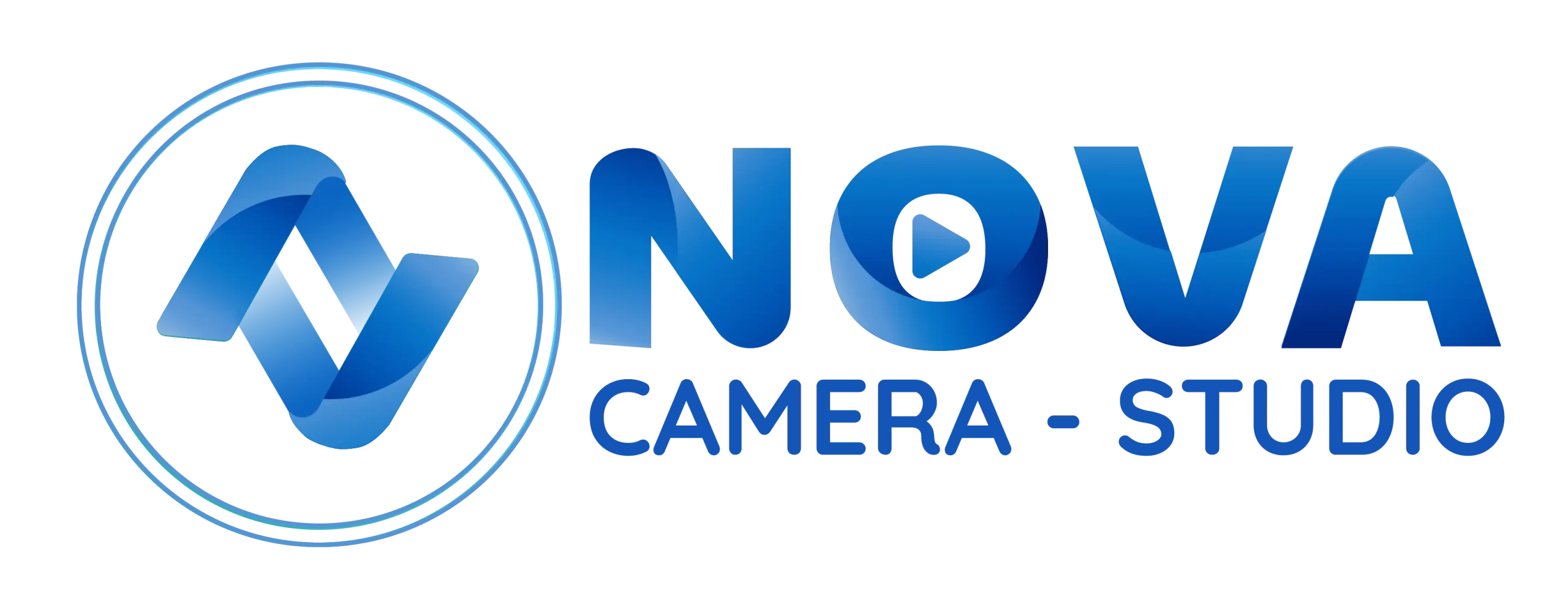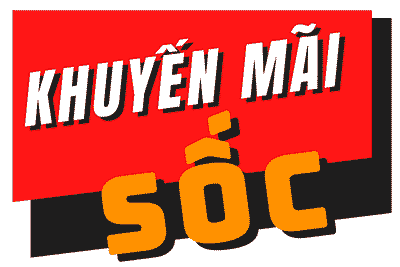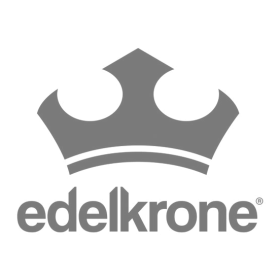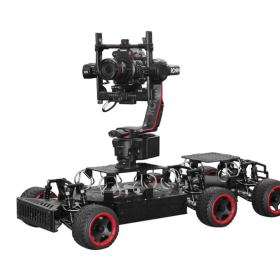
Knowing the cost of manufacturing a product is more than being able to calculate the price and profits of the item. It helps manufacturers make more insightful decisions in terms of staying competitive and how production manufacturing can be profitable enough money to remain a viable business. The terms “manufacturing cost” and “production cost” are often used interchangeably in manufacturing, but they hold distinct meanings total direct manufacturing cost formula and implications. Understanding these differences is crucial for accurate financial analysis. By taking proactive steps to manage and reduce your manufacturing costs, you can improve your bottom line and make your business more competitive in the market. By inputting employee wages, working hours, and other related costs such as payroll taxes, the system can calculate your Direct Labor Cost seamlessly.

Direct Labor Cost
You could downsize, work with razor-thin margins, or cut corners in the manufacturing process. In addition to hiring more efficient workers, you can also reduce your manufacturing costs by reducing the number of steps required to complete a task or process. Doing this will save money on labor costs and materials used in production. When looking at the cost of raw materials, location is an essential factor to consider. Companies that manufacture in China or other countries where labor is cheap may offer lower prices than companies that manufacture in the United States or Europe. Even if they provide similar quality goods, there CARES Act can be a significant difference between what they charge due to their different production costs.
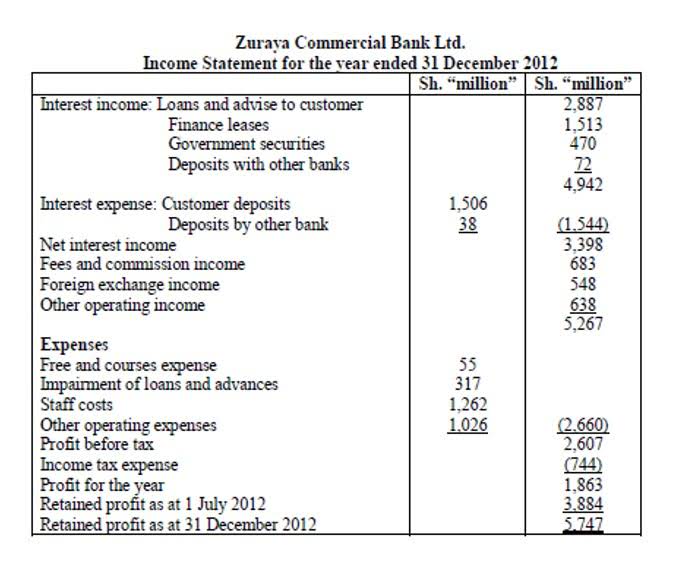
Financial Modeling with Direct Costs
It also includes any packaging materials that are essential to your finished product. By closely tracking these variations, we can make well-informed decisions, identify areas for improvement, and optimize our overall financial performance. This analysis allows us to identify potential underestimation or overestimation of production costs and make necessary adjustments. Maintaining detailed records of overhead expenses is essential for accurate allocation. The record includes tracking invoices, utility bills, maintenance records, and other relevant documentation. Robust record-keeping enables you to analyze and allocate costs effectively.
Manage your supply costs
This includes a thorough account of the cost of overhead, materials used, labor, and any other manufacturing expenses that contributed to completing the product. This is not to be confused with the cost of goods manufactured (COGM), which refers to just the cost of inventory that was finished and prepared for the sale in the period. Rather, total manufacturing costs include all related costs accrued in the period. Imagine you run a small woodworking business and need to determine the direct cost of producing a single handmade wooden dining chair. This example will walk you through the process of calculating both direct labor and direct materials costs for a clear understanding of how these components contribute to the overall production cost.
Manufacturing overhead

Proactive manufacturers are using the latest economic and sustainability data to calculate manufacturing costs by region and plan effectively. This post lists common and sometimes overlooked costs required to establish accurate manufacturing cost estimates across different regions. Getting direct costs right in models gives managers visibility into operations. Based on production volume drivers, $20,000 of the factory overheads are identified as indirect costs. Product price provides businesses with important insights to make effective decisions.
How to calculate direct labor cost?
Understanding a gross margin allows businesses to recognize strengths in their cost structure and assist in Accounts Payable Management decisions regarding sales prices, volume of production and mix of products. As the name indicates, these are the most recognizable elements that constitute the finished goods. Direct materials are the core components used in manufacturing finished goods. Examples include fabric for clothing, steel for automobiles, and wood for furniture.
- In the dynamic realm of manufacturing, where innovation and efficiency reign supreme, understanding your production costs is the cornerstone of success.
- These include direct material and labor costs, as well as manufacturing overheads.
- One common way to do this is by using a percentage of direct labor costs or machine hours.
- The main components of total manufacturing cost are direct materials, direct labor, and manufacturing overhead.
- This includes fees like monthly rent on the building where you make the ducks.
- These indirect costs are still significant when determining total manufacturing costs, but they would be included in overhead costs instead of direct labor or materials.

After all, the accuracy of your TMC calculation depends on the precision of the data you gather. Incomplete or inaccurate financials may lead to a flawed cost analysis, affecting everything from profitability and budgeting to planning. COGS calculates the costs of items that not only finished the product creation journey but also got sold to a customer. In contrast, total manufacturing cost includes any production costs within a window of time, regardless of what was finished or sold. To calculate the total amount of manufacturing overhead, you need to first correctly identify and add all applicable overhead expenses. This total is often used to calculate the manufacturing overhead rate, which indicates the percentage of the company’s revenue that goes toward covering manufacturing overhead costs.
In the world of manufacturing, understanding and effectively managing your total manufacturing cost is crucial to maintaining competitiveness and profitability. Whether you’re a seasoned industrialist or a budding entrepreneur venturing into production, grasping the nuances of manufacturing costs can spell the difference between success and struggle. This comprehensive guide will walk you through the essentials of manufacturing costs, from defining the formulas to practical tips on calculating and optimizing your expenses. It’s easy to confuse total manufacturing cost with the cost of goods sold (COGS), but they are different concepts.
